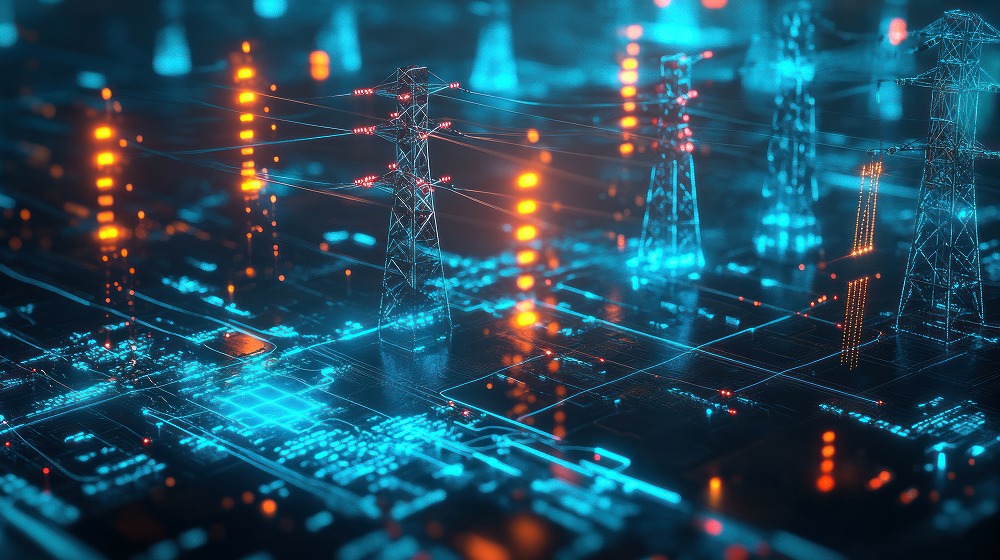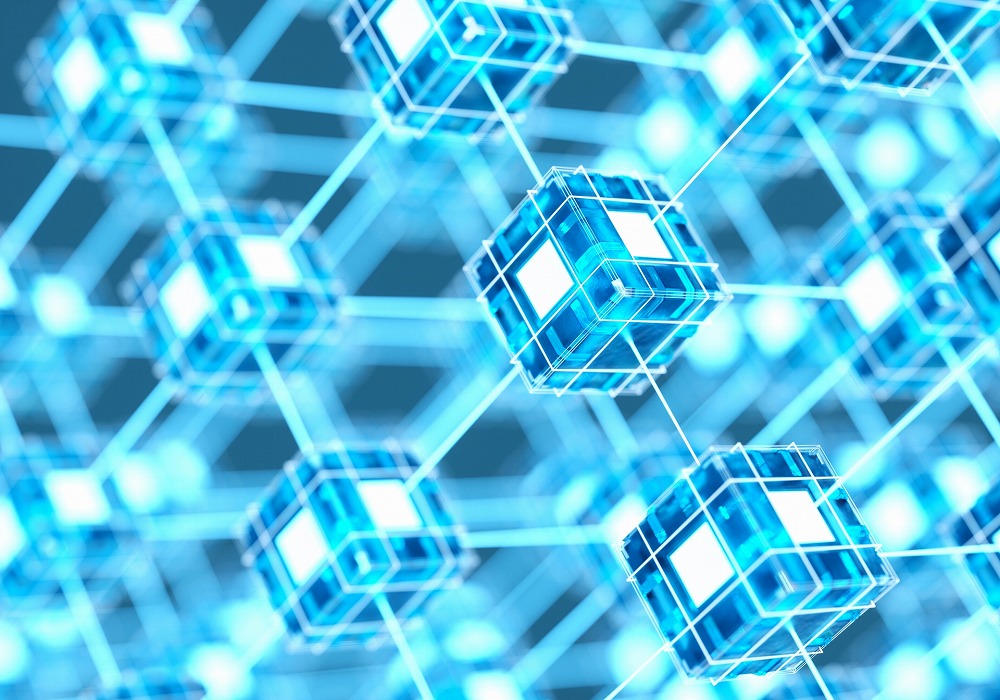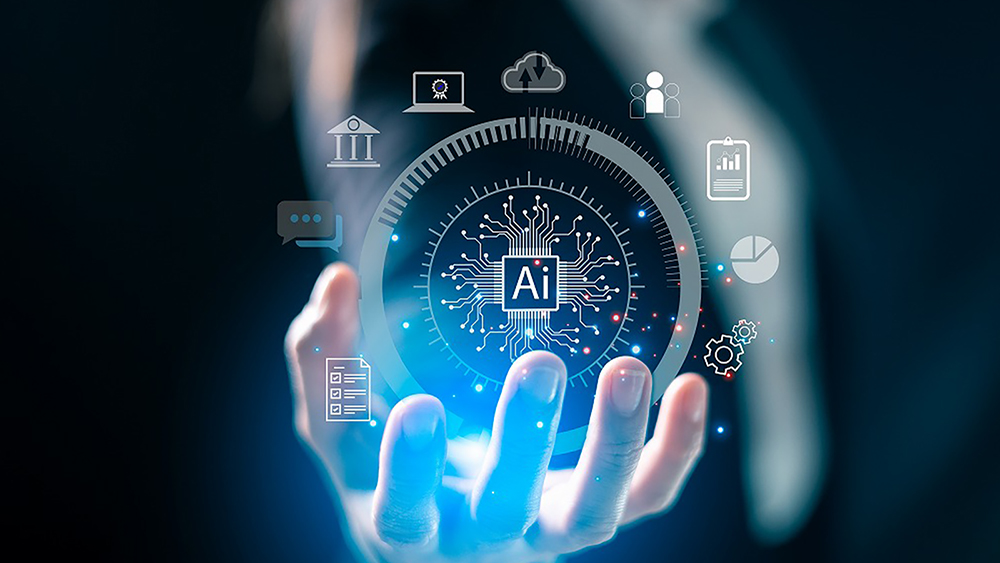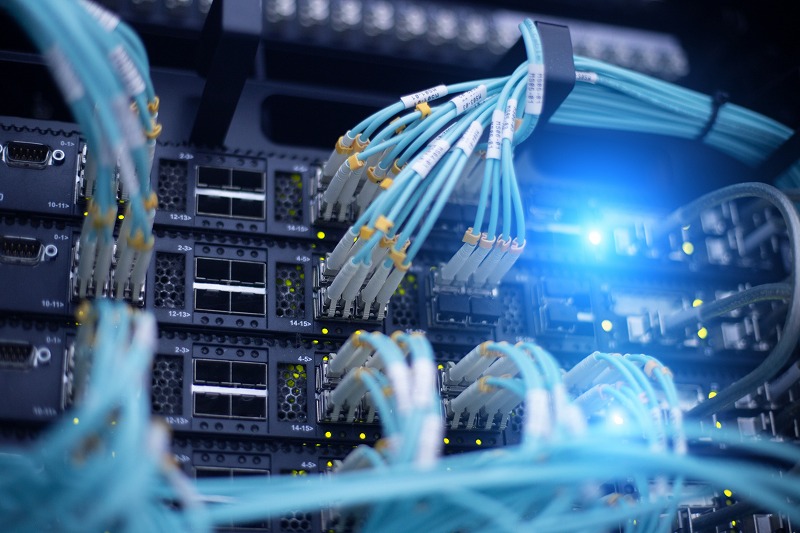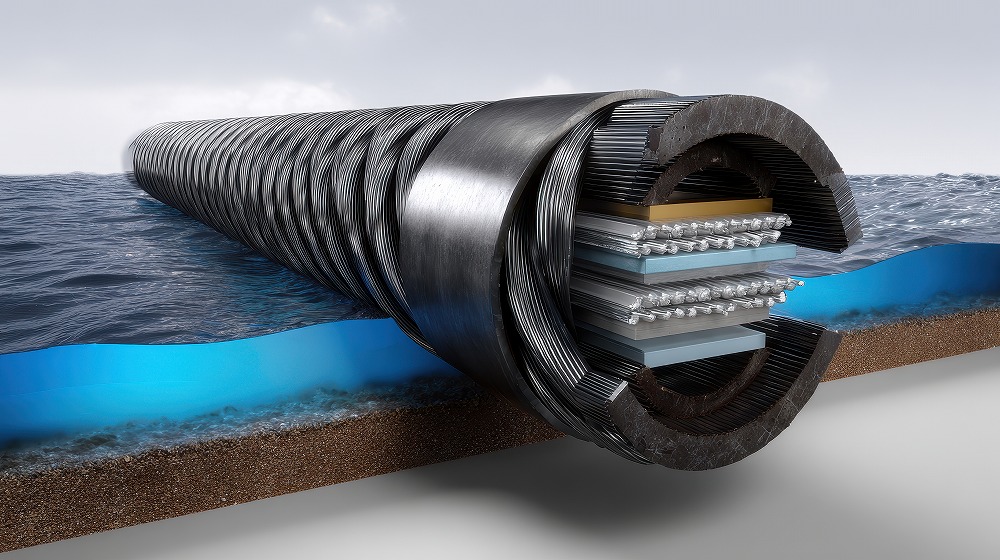
Archive
The importance of data centers is growing due to the need to process vast amounts of data resulting from the spread of digital devices, the development of self-driving vehicles, and the development and utilization of generative AI.
While approximately 80% of Japan’s major data center demand is concentrated in Tokyo and Osaka, it has been revealed that Asia Pacific Land (APL) Group, a U.S. real estate investment and development firm, plans to build large-scale data centers in Itoshima and Kitakyushu Cities, Fukuoka Prefecture.
Construction of Kyushu’s Largest Data Center in Itoshima City, with an Investment Exceeding 300 Billion Yen, Scheduled to Begin This Spring
Construction of one of Kyushu’s largest data centers is scheduled to begin in the Taku and Tomi districts of Itoshima City in the spring of 2025. This data center will have a total power receiving capacity of 300,000 kilowatts, and the investment amount will exceed 300 billion yen.
The location is in the southeastern part of the Maebaru Interchange on the Nishi-Kyushu Expressway.
The plan is to construct six data centers on a 122,000 square meter site.
Construction will begin with site preparation in the spring of 2025, and data center operations will gradually commence from 2029.
Construction of a 120,000 Kilowatt Data Center in Kitakyushu City, Aiming to Start by the Fall of 2027
In addition, APL Group acquired a 62,822 square meter city-owned site in the Kitakyushu Science and Research Park (Wakamatsu Ward, Kitakyushu City) in November 2023, and plans to invest 125 billion yen to build a data center with a total power receiving capacity of 120,000 kilowatts. The aim is to start construction by the fall of 2027.
This will be the second large-scale data center to be established in Kitakyushu City since 2007.
APL cited the proximity to submarine cable landing points and the future potential for renewable energy utilization as reasons for selecting Kitakyushu, taking into account its geographical proximity to Asia. They also expect to capture demand from domestic and East Asian companies.
Potential for Increased Attention as a Candidate for Decentralized Data Center Locations
The construction of data centers in Kyushu is aimed at decentralizing data centers as a risk hedge against various disasters, including the Nankai Trough earthquake, and also takes advantage of the proximity to submarine cable landing stations to Asia.
Kitakyushu City has proposed a “Backup Capital Concept” to serve as a hub for companies, data centers, and government agencies concentrated in Tokyo. The construction of a large-scale data center in the Kitakyushu Science and Research Park is likely to give momentum to the city’s concept. There is also the possibility that Kitakyushu, with its low disaster risk, will attract more attention as a candidate for decentralized data center locations, and expectations are high for its development.
2025.03.25
Prime Minister Shigeru Ishiba announced at the Digital Administrative Reform Conference in February the establishment of a public-private council to integrate the development of data centers and power plants, anticipating increased demand due to the spread of artificial intelligence (AI). This initiative aims to decentralize electricity and communication infrastructure, which are currently concentrated in urban areas.
The newly established public-private council will serve as a platform for discussing specific measures, with potential participation from Tokyo Electric Power Company Group, NTT, SoftBank Group, and others.
This concept of integrating data centers and power plants is known as “Watt-Bit Collaboration.” It envisions establishing data centers near power plants, such as nuclear, wind, and solar, to promote industrial clusters.
Focusing on the cost-effectiveness of fiber optic cables compared to power transmission lines, the plan aims to efficiently transmit digital information through optical cables, contributing to the development of a new power transmission and distribution network.
Data centers are currently concentrated in Tokyo and Osaka, with the Kanto and Kansai regions accounting for approximately 90% of the total site area as of 2023, according to the Ministry of Internal Affairs and Communications. Decentralizing electricity and communication infrastructure is essential from a national resilience perspective, including disaster response.
While this initiative aims to balance a smooth transition to decarbonization with the revitalization of regional economies, there are concerns regarding electricity challenges.
AI Power Capacity in Domestic Data Centers Expected to Increase Approximately 3.2 Times by 2028
IDC Japan Corporation released its estimated results of the power capacity required for AI servers installed in domestic data centers at the end of February. The total power capacity required by AI servers in domestic data centers is expected to increase from 67 megawatts at the end of 2024 to 212 megawatts by the end of 2028, an approximately 3.2-fold increase in four years. This is equivalent to about 5 to 8 hyper-scale data centers built in the Tokyo metropolitan area and Kansai region.
This power capacity refers to the power required by servers and does not include the power required by network equipment or cooling systems.
IDC Japan explained that the current estimate significantly revises the previous estimate (approximately 80 to 90 megawatts in 2027) made in January 2024. This revision is due to a substantial upward adjustment in the forecast for AI server shipment value in the domestic market.
The background includes the rapid expansion of AI server installations by hyper-scalers, as well as the acceleration of AI server procurement by domestic service providers and research institutions through government subsidy programs.
In particular, the scale of AI infrastructure investment by hyper-scalers is significant, with hyper-scale data centers accounting for the majority of the estimated power capacity.
AI servers are known for their high power consumption and heat generation per unit. Therefore, data centers that install a large number of AI servers require liquid cooling systems instead of conventional air conditioning systems.
Some experts believe that there are still many points to consider regarding the introduction of liquid cooling systems. Finding concrete solutions to these electricity challenges will be key to realizing the integrated AI infrastructure development.
2025.03.18



 JA
JA